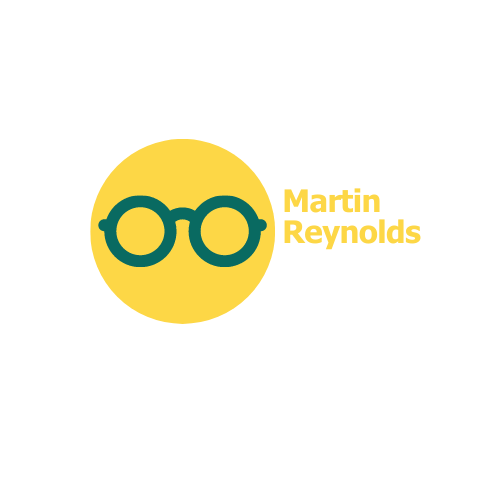The Journey to 2020 Vision: Understanding Visual Acuity and Correction
Have you ever wondered how our eyes work and how we can achieve perfect vision? In this article, we will take a deep dive into the concept of visual acuity, its importance, and the various corrective measures available to achieve 2020 vision.
Visual Acuity: The Foundation of Optimal Vision
Visual acuity refers to the sharpness and clarity of our vision. It is measured using a standardized chart called the Snellen chart, which consists of letters and numbers of different sizes. The 20/20 vision is considered the benchmark for perfect visual acuity. Suppose you have 20/20 vision. In that case, it means that you can see at a distance of 20 feet what a person with normal visual acuity can see at 20 feet.
Our eyesight can be affected by several factors, such as refractive errors, diseases, and aging. Let’s explore some common vision problems and the ways to correct them in our journey to achieving 2020 vision.
Types of Vision Correction
1. Glasses: Prescription glasses are the most common form of vision correction. They work by focusing light correctly on the retina, compensating for refractive errors such as nearsightedness (myopia), farsightedness (hyperopia), and astigmatism. Glasses provide a simple, non-invasive solution to improve visual acuity.
2. Contact lenses: Contact lenses offer an alternative to traditional glasses. They are thin, curved discs that are placed directly on the eye’s surface. Contact lenses correct refractive errors and provide a wider field of view compared to glasses. They are available in various types, including soft lenses, rigid gas-permeable lenses, and multifocal lenses. While contact lenses require regular cleaning and care, they provide a natural visual experience, especially for those engaged in active lifestyles.
3. LASIK surgery: Laser-assisted in situ keratomileusis (LASIK) is a popular surgical procedure that reshapes the cornea to correct refractive errors. During the procedure, a thin flap is created on the cornea using a microkeratome or a femtosecond laser. The corneal tissue is then reshaped using an excimer laser to correct the refractive error. LASIK surgery provides long-lasting vision correction for many individuals. It eliminates the need for glasses or contact lenses, making it a convenient option for those seeking 2020 vision.
4. Refractive lens exchange: Refractive lens exchange is another surgical option to correct refractive errors. This procedure involves the removal of the eye’s natural lens and replacing it with an artificial intraocular lens (IOL). Refractive lens exchange is often recommended for individuals with presbyopia (age-related loss of near vision) or high degrees of refractive errors. The procedure allows for vision correction and potentially eliminates the need for cataract surgery in the future.
The Importance of Regular Eye Examinations
Achieving and maintaining optimal visual acuity requires regular eye examinations. These examinations allow eye care professionals to evaluate your visual acuity, detect any potential eye diseases or conditions, and determine the appropriate vision correction method for you.
During an eye examination, various tests are performed, including a visual acuity test, refraction test, and assessment of eye health. Eye care professionals can then recommend the most suitable vision correction option based on your specific needs and lifestyle.
The Road to 2020 Vision
As we enter the year 2020 and beyond, it’s essential to understand the concept of visual acuity and the various corrective measures available to achieve perfect vision. Whether it’s through glasses, contact lenses, LASIK surgery, or refractive lens exchange, there are multiple ways to enhance your visual acuity and attain 2020 vision.
However, it’s crucial to consult with an eye care professional who can guide you through the process, perform necessary examinations, and recommend the most suitable option based on your individual requirements. Remember, achieving 2020 vision not only improves your quality of life but also ensures the health and longevity of your precious eyes.
